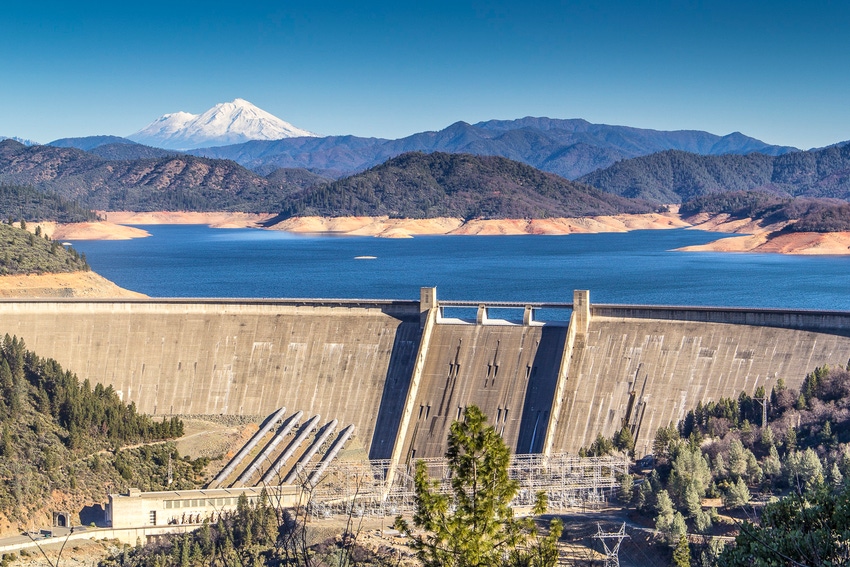May 6, 2014

The discovery of more bare ground than snow at California’s final snow survey of the year did not come as a surprise, though it does not lessen the shock and severity of the state’s epic drought.
Manual and electronic readings recorded the water content in the state’s snowpack on May 2 at just 18 percent of average for the date. That was even more dismal than the 32-percent estimate during the April 1 snow survey.
“Anyone who doesn’t think conservation is important should drive up the hill and take a look,” said California Department of Water Resources (DWR) Director Mark Cowin. “Coupled with half our normal rainfall and low reservoir storage, our practically nonexistent snowpack reinforces the message that we need to save every drop we can just to meet basic needs.”
The most concerning piece of the water puzzle is the extremely low snowpack in the northern Sierra, which feeds California’s major reservoirs. Electronic sensors put the average water content at 7 percent of normal in the region. That snowpack is relied upon to fill reservoirs such as Shasta and Oroville, two major storage facilities built in part to buffer the state from drought.
Lake Oroville in Butte County, the State Water Project’s (SWP) principal reservoir, is at 53 percent of its 3.5 million acre-foot capacity (65 percent of its historical average for the date). Shasta Lake is the federal Central Valley Project’s (CVP) largest reservoir. It too is at 53 percent of its 4.5 million acre-foot capacity (61 percent of its historical average). San Luis Reservoir, a critical south-of-Delta reservoir for both the SWP and CVP, is at 47 percent of its 2 million acre-foot capacity (52 percent of average for this time of year).
On January 31 DWR set its allocation of State Water Project (SWP) water at zero for agricultural users. The only previous zero allocation was for agriculture in the drought year of 1991, but cities and others that year received 30 percent of requested amounts.
On April 18, after some late season storms, DWR increased this year’s allocation to 5 percent of requested SWP amounts. If it stands, this will be the lowest across-the-board allocation in the 54-year history of the SWP.
Collectively, the 29 public agencies that deliver SWP water to more than 25 million Californians and nearly a million acres of irrigated agriculture requested 4,172,536 acre-feet of water this calendar year.
State water project deliveries in previous years were:
2013 – 35 percent of the 4.1 million acre feet requested
2012 – 65 percent of the 4.1 million acre feet requested
2011 – 80 percent of requested amounts
2010 – 50 percent
2009 – 40 percent
2008 – 35 percent
2007 – 60 percent
The last full allocation was in 2006. According to the DWR, a 100 percent allocation is nearly impossible to achieve, even in wet years, because of Delta pumping restrictions aimed at protecting threatened and endangered fish species.
For a broader snapshot of current and historical weather conditions, see DWR’s “Water Conditions” and “Drought” pages at http://www.water.ca.gov/waterconditions/
You May Also Like




